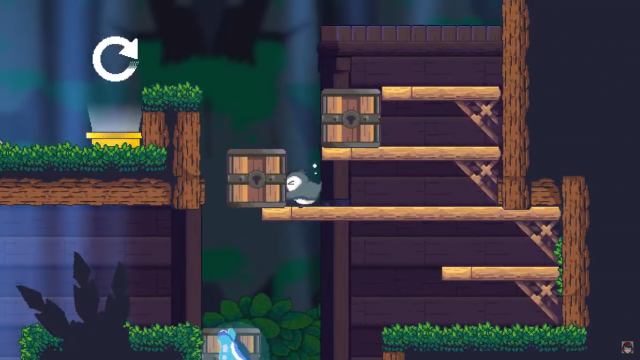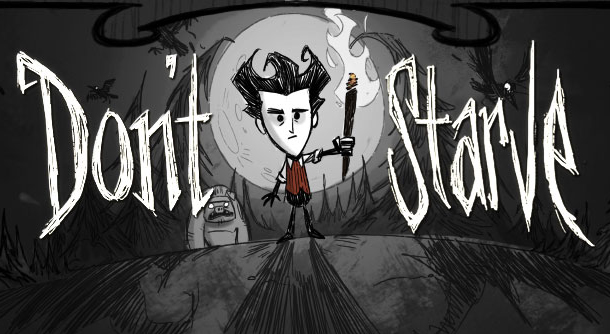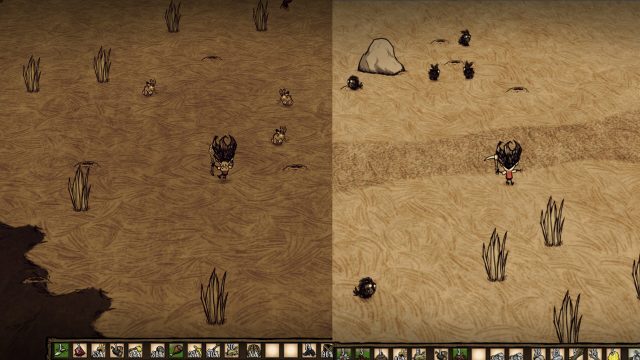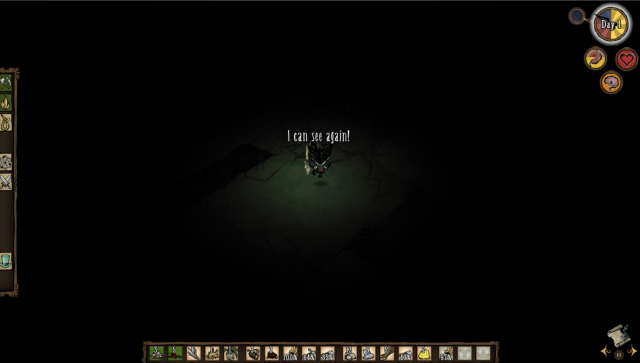
Game Summary
Website: https://joysteak.com/
Demo: https://joysteak.itch.io/songbird-symphony-v02
Trailer: https://www.youtube.com/watch?v=o3vmzG3kKbY
Songbird Symphony is a 2D platformer with a rhythmic twist.
Follow an orphaned chick, “Birb”, in his heart-warming journey of discovery, as he sets off to find his true origins. Follow this cheerful little bouncing bird who revels in singing, and guide him through this magical journey of stunning pixel art and gorgeous animation that shapes itself to your musical interactions!Chirp to activate platforms, and sing to the residents of the forest, learning new notes to aid you in captivating rhythm battles against the creatures of this sprawling, enchanting world.
Features
Aesthetics

One might say the biggest draw of this game is its aesthetics. Its beautiful, colorful and cute pixel graphics with adorable characters draw many players in to try the game.
Not only are the visual aesthetics excellent, the game also comes with its own original soundtrack, handcrafted to go hand in hand with the pixel art. The superimposed lyrics are rather meaningful and helps blend the soundtrack into the story.
Story
Songbird Symphony has a heartwarming story which definitely engages the audience’s mood in one way or another.
Birb travels through the forest, exploring and learning new notes from other birds to help him in his quest to find his parents.
Gameplay

While exploring in the magical world of Songbird Symphony, we come across platforming puzzles that we have to solve to progress further. The player also engages in rhythm battles with other birds to either learn new notes or gain progress in their quest.
Songbird Symphony is a platformer with no death but instead focuses on adventure and solving not-so-hard puzzles. Even the rhythmic element was designed specifically to not have a lose condition.
Technology
Songbird symphony is developed in Unity, is very lightweight and has been released on multiple platforms.
Lens #81: The Lens of Character Transformation
- Birb’s character
- Starts of as a weak little chick thinking he is a peacock but just different
- Finds out that Uncle Pea, the peacock, is not actually his parent and becomes extremely emotional
- Figures out that he is a songbird
- Becomes empowered by his mother after knowing what had happened to his mother which caused him to be initially abandoned
- Owl’s character
- Begins as a mentor to birb
- Turns out to be the antagonist which wants all songbirds dead
- The magpies
- Is the initial obstacle in Birb’s quest to help Owl
- Turns out to be helping Birb’s mother in attempting to stop Owl’s plans
Lens #68: The Lens of the Hero’s Journey
Birb’s story is certainly one of a Hero’s journey. Starting as an outcast from the peacocks, he journeys through the magical world and slowly figures out his origins, helping other birds along the way. Eventually, he rises up to take out the big bad Owl who caused his initial plight.
Lens #48: The Lens of Accessibility
The game was designed to have accessibility in mind.
Firstly, all the rhythmic elements in the game do not have a fail state, allowing the player to not frustrate over not being able to ace a level in order to progress.
Secondly, all platforming puzzle elements are of increasing difficulty where a puzzle always builds upon previous knowledge.
Lastly, the puzzles are designed not to be difficult as to encourage the player to focus on the story and adventure part of the story.
Lens #49: The Lens of Visible Progress
The player gains more notes as they progress through the game. These notes also increases the difficulty of the rhythmic element of the game. Additionally, optional objects appear throughout the platforming elements of the game in the form of feathers. Players can see that their collection of feathers slowly increase while they progress through the game, each giving the player a small bit of lore into this magical world.
Lens #58: The Lens of Juiciness
The game employs juice as one of its main ways to maintain player engagement. For example, in some sections of the game, the player is required to sync out key presses with the rhythm. The game rewards the player with ripples on the screen and on some occasions, screen shake. This is only one of the myriad of ways the developers of this wonderful game have juiced up the game.






